“Why does the fabric seem a little different?”
“It’s obviously the same fabric!”
“Ah! The fabric is used backwards again TAT”
How to distinguish the front and back of fabrics?
Distinguish between the front and back of the fabric
(1) Generally, the patterns and colors on the front of fabrics are clearer and more beautiful than those on the reverse. . (Some special fabrics may be reversed, which can be selected according to usage)
(2) With For fabrics with a striped appearance and color-matched patterned fabrics, the front pattern must be clear and pleasing to the eye.
(3) Convex and convex fabrics: the front is tight and delicate, with strips or patterns The reverse side is rougher and has longer floating lines.
(4) Fleece fabric: Single-sided fleece fabric, the fleece side is the front . For double-sided raised fabrics, the smooth and neat side of the pile is the front of the fabric.
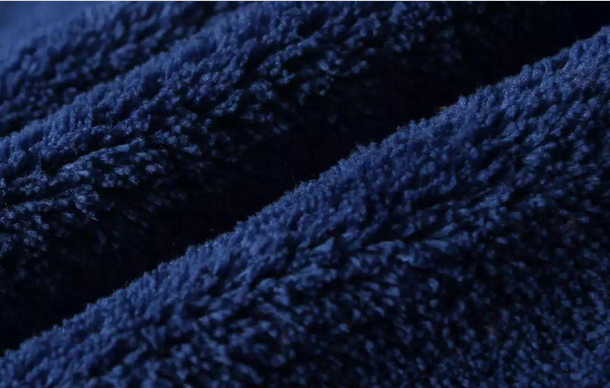
(5) In general, the edge of the fabric , the side with smooth and neat edges is the front side of the fabric.
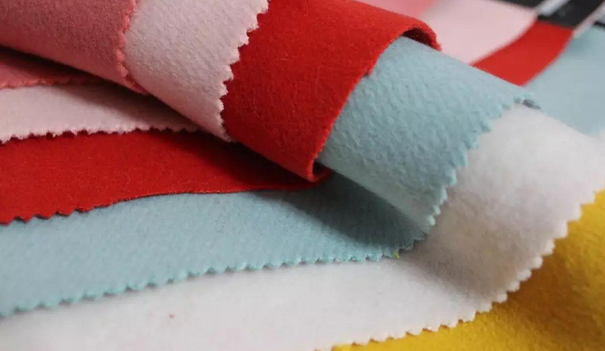
(6) Double-layer and multi-layer fabrics: such as When the latitude and longitude densities of the front and back are different, the front generally has a greater density or the material on the front has a better feel.
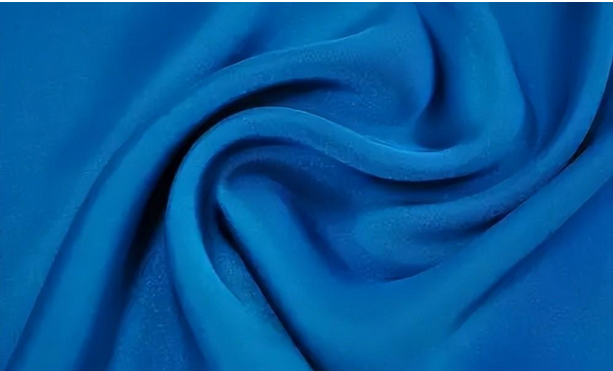
(7) Leno fabric: clear texture, twisted The protruding side is the front.
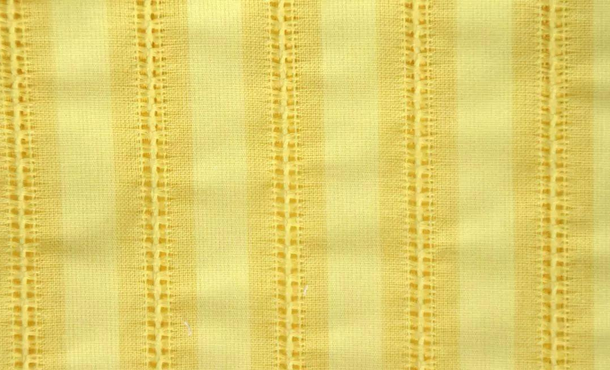
(8) Towel fabric: high loop density One side is the front.
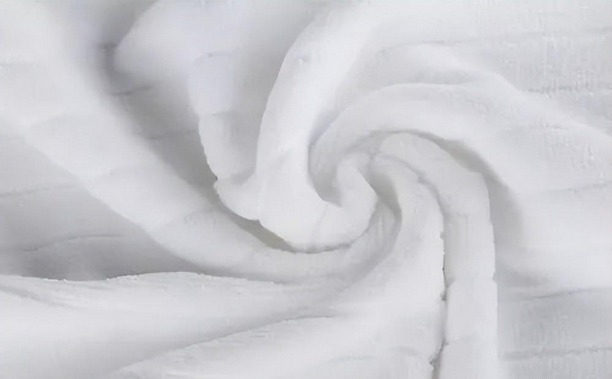
(9) Printed fabric: clear pattern and color The brighter side is the front.
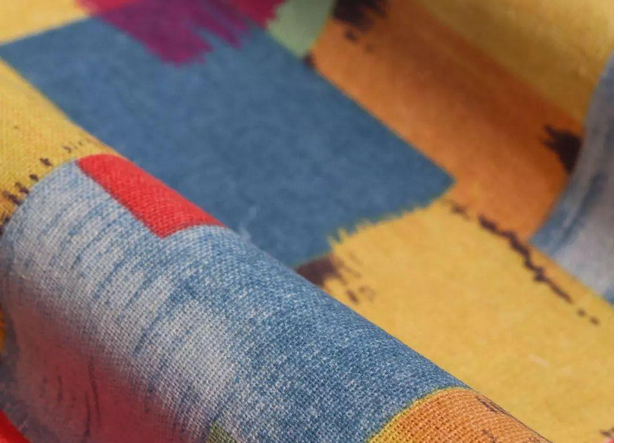
(10) Whole piece of fabric: except export products Except for those with instructions (trademarks) and factory inspection stamps, they are usually on the reverse side.
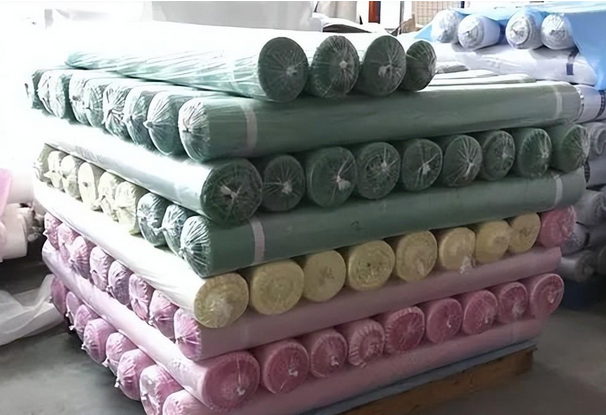
Note: Most of the fabrics we use, their There is an obvious difference between the front and back, but there are also many fabrics where the front and back are almost the same and both sides can be used. Therefore, it is not necessary to distinguish the front and back of such fabrics.






